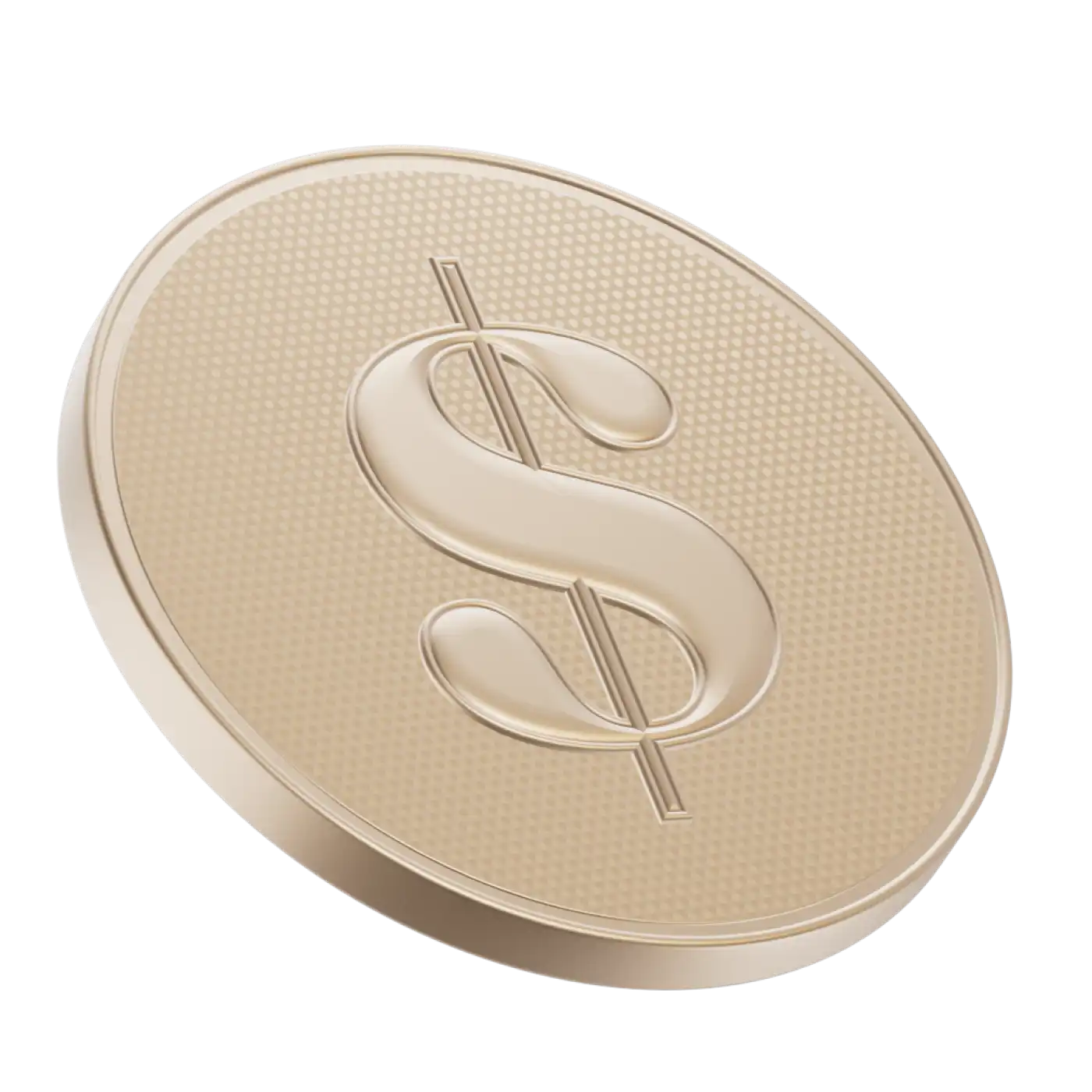A tax return refers to the forms an individual or a corporation must submit to the Canada Revenue Agency (CRA) if earning an income in Canada. The Canadian income tax year starts in January and runs through December, and includes all taxable income and tax credits earned and received during that period.
Individuals and corporations are taxed on both the federal and on the provincial or territorial level. If you’re an individual (except for Québec residents), you can file a single tax return with the CRA that includes both federal and provincial/territorial taxes. Québec residents will need to file a separate provincial income tax return with Revenu Québec in addition to their federal tax return.
If you work in Canada, your employers must deduct income tax and Canadian Pension Plan/Québec Pension Plan and Employment Insurance premiums from your wages, then remit them to the CRA. Deductions are based on an individual completing the federal and provincial/territorial TD1 forms.
Each individual is responsible for filing their own tax return. Filing an income tax return can be done using a tax preparation service or individual, such as an accountant, or a tax preparation software.
Who should file a tax return?
You should file a tax return in Canada if you live and work in Canada, or if you immigrated and settled as a resident in Canada. Even if you didn’t earn any income, you should file a tax return in order to continue receiving benefits such as the Canada Child Benefit, GST/HST Credit, and Canada Carbon Rebate.
You should also file a tax return if you’re considered a factual resident of Canada, meaning you’re still considered a Canadian resident for income tax purposes. This applies to anyone who is on a temporary work assignment outside of Canada, attending school in another country, spends part of the year in another country, or is commuting for work from Canada to the U.S.
If you’re appointed the legal representative for someone who has died, you will have to file a final return for the deceased.
Individuals who lived in Canada for 183 days or more during a tax year may be deemed residents of Canada and are subject to federal taxation. This includes international students who attend a Canadian college or university.
Additional rules apply to non-residents of Canada, including those with rental income from Canadian properties, and seasonal workers. Check with the CRA to find out what your tax obligations may be if you live in Canada temporarily or permanently, or if you leave the country.
How to file a tax return in Canada
Individuals can either use a tax preparer, such as an accountant, or do their own tax return using tax return software.
If you choose to have your taxes prepared by a professional, you will need to have all relevant documents ready to go before your appointment. Professional tax preparers file personal tax returns using the CRA’s EFILE system. If you use tax return software, such as Wealthsimple Tax, you will use the CRA’s NETFILE system to file your tax return.
Tax preparation software comes with a tax return calculator that tallies up your refund or taxes owed as you go through the prompts. Your CRA tax return filing must include all earned income for the tax year — from January 1 through December 31. The standard Canada tax return filing deadline is April 30 of each year for the previous year’s return. If you or your spouse are self-employed, the filing deadline is June 15. (Note that any amount owing to the CRA must be paid by April 30, regardless of filer status.)
How do I file a tax return in Canada?
There are a number of different ways to file a return in Canada. Some include filing online, over the phone, with a tax preparer, through the mail, or maybe even qualifying to have the CRA file for you. Ensure you have all documents needed for a tax return in Canada (check out the list below to ensure you don’t leave out anything) and follow all the steps and prompts closely.
How do I calculate my tax return?
To calculate your tax return, you need all T4 slips, other relevant slips, and information about other sources of income.
A tax professional, such as an accountant, can help you calculate your tax return for a given tax year for a fee, then file your return for you. Alternatively, you can use one of the NETFILE-certified tax preparation software options to calculate your tax return and file it with the CRA.
How do I pay a tax return online?
There are several ways to pay tax returns online in full or over a period of time. The deadline to pay the taxes you owe for the 2024 tax year is April 30, 2025.
To pay your tax return online, you can use one of the following options:
Online banking: Make a payment to the CRA or schedule future payments through your Canadian financial institution through the “Add a payee” option
CRA My Payment: Use an Interac debit, Visa debit, or Mastercard debit card to make an online payment directly to the CRA. You cannot use a credit card with CRA My Payment. The CRA does not charge a fee for using this service, but your financial institution may have separate limits and fees.
Pre-authorized debit payment: Using “My Account,” you can authorize the CRA to withdraw payment amounts (or even a single payment) from your Canadian checking account on the date(s) you choose
Third-party service provider: You can make a payment using a third-party service provider, PaySimply, for a fee. PaySimply accepts credit cards, debit cards, PayPal, and Interac e-transfer.
Wire transfer: All wire transfers must be in Canadian dollars and must include the total amount owed, plus the wire transfer fee to ensure you don’t underpay
You can also pay CRA in person or by mail. Note that the CRA does not accept cryptocurrency, gift cards, or cash for tax return payment by mail.
Where do I mail my tax return in Canada?
If you want to mail your tax return, you will need to select the right tax centre. This depends on the province, territory, or area where you live.
For residents who live in Alberta, British Columbia, Manitoba, Saskatchewan, Northwest Territories, Yukon, or the following cities in Ontario: Hamilton, Kitchener, Waterloo, London, Thunder Bay, or Windsor, mail your return to:
Winnipeg Tax Centre
Post Office Box 14001
Station Main
Winnipeg MB R3C 3M3
Residents of New Brunswick, Newfoundland and Labrador, Nova Scotia, Nunavut, Prince Edward Island; the following cities in Ontario: Barrie, Belleville, Kingston, Ottawa, Peterborough, St. Catharines, Sudbury, or Toronto; and the following cities in Québec: Montréal, Outaouais, or Sherbrooke, mail your return to:
Sudbury Tax Centre
1050 Notre Dame Avenue
Sudbury ON P3A 5C2
For Québec residents of all areas other than Montréal, Outaouais, or Sherbrooke, mail your return to:
Jonquière Tax Centre
2251 René-Lévesque Boulevard
Jonquière QC G7S 5J2
If you are a non-resident and need to mail your income tax return, the tax centre mailing address depends on your country of residence.
Non-resident individuals who live in the USA, the United Kingdom, France, the Netherlands, Denmark, Alberta, British Columbia, Manitoba, Saskatchewan, Northwest Territories, Nunavut, Yukon, or in the following cities in Ontario: Belleville, Hamilton, Kingston, Kitchener, Waterloo, London, Ottawa, Peterborough, St. Catharines, Thunder Bay, or Windsor, should mail their tax return to:
Winnipeg Tax Centre
Post Office Box 14001,
Station Main
Winnipeg MB R3C 3M3
Canada
Fax: 204-984-5164
Non-residents who live in countries other than the ones listed above, or reside in Canada in New Brunswick, Newfoundland and Labrador, Nova Scotia, Prince Edward Island, Québec, or Barrie, Sudbury, or Toronto in Ontario, should mail their tax return to:
Sudbury Tax Centre
1050 Notre Dame Avenue
Sudbury ON P3A 5C2
Canada
Fax: 705-671-3994 and
1-855-276-1529
When can I file taxes for 2025 in Canada?
The deadline to file taxes for 2025 in Canada is April 30, 2026. The deadline to file personal income taxes in Canada for both residents and non-residents is April 30 of each year.
If you or your partner are self-employed, the deadline to file a tax return is June 15, 2026. However, if you owe any taxes, regardless of employment status, they must be paid on or before April 30, 2026, to avoid interest or penalties.
If you are filing taxes for a deceased person, the filing deadline may vary.
How long does it take for a tax return to be processed in Canada?
Processing times for your tax return depend on how you filed it. For tax returns filed online, the CRA strives to process most electronically filed returns within two weeks and paper filed returns within eight weeks.
You can expect to get your tax refund within this time period. This timeline is only valid for tax returns completed on or before their due date. If you select to receive your refund through direct deposit, you will get it faster than a check in the mail.
If you live outside of Canada and file a non-resident personal income tax return, your return may take up to 16 weeks.
In addition, returns selected for a detailed review may take longer.
How do I get a copy of my tax return in Canada?
If you need a copy of your notice of assessment or tax slips from previous years, you can get those from the CRA website. You can sign into your “My Account” or use the CRA mobile app to view it.
For copies of a previous year’s tax return, how you get it will depend on how you filed it. If you use tax preparation software, you should be able to access PDFs through that service. If you use a preparation service or an accountant, you can contact them to get a copy of your tax return.
Canadian tax return document checklist
Before you start working on your tax return, you’ll need to gather a few things:
Tax slips
Employment income (T4)
Employment insurance and other benefits (T4E)
Pension, retirement, annuity, and other income (T4A)
Old Age Security and Canada Pension Plan slips (T4A(P) and T4A(OAS))
First Home Savings Account (T4FHSA)
Investment income (T3, T5, and T5008)
Tuition (T2202 or TL11)
Social assistance and worker’s comp (T5007)
Registered Retirement Savings Plan (RRSP) and Retirement Income Fund income (T4RSP, T4RIF)
Partnership income (T5013)
RL-1/Relevé 1 (QC only)
Tax receipts
Charitable donations and political contributions
RRSP contributions
Medical expenses
Child care expenses
Children’s fitness and arts expenses (NL, NS, MB, YT, PE, SK, QC)
Adoption expenses
Student loan interest
Professional or union dues (if not included on your T4)
Investment advisor fees and interest expenses
Moving expenses
School supply expenses (teachers)
Tools expenses
Relocation expenses (tradespersons)
Employment expenses and form T2200
Examination fees for professional designations
Rent or property tax (ON, MB, BC)
Home energy costs (ON)
Legal expenses to collect alimony, pension, or retiring allowance
Home renovation/accessibility expenses (if a senior, eligible for the Disability Tax Credit, or creating a multi-generational secondary unit)
Transit passes (Ontario seniors only)
Food donation amounts (BC, ON)
Other tax documents
Last year’s notice of assessment from the CRA
Tuition carry forward amounts
RRSP deduction limit and unused amounts
Loss carry forward amounts
Other CRA correspondence
Last year’s tax return (helpful for first-time users)
Installment payment amounts
Information about your dependants
Birthday and net income
Post-secondary tuition available for transfer
Capital gains information (if no T5008 slips)
Child support or alimony information
Home buyers’ plan and lifelong learning plan information
Information about the sale of your principal residence
Disability Tax Credit certificate
Rental property income and expenses
Self-employed people and commissioned employees
Income and expenses
Vehicle logbook
In-home office expenses
Volunteer firefighters’ or search and rescue volunteer certificate
Northern residents information
Business investment loss information (if you invested in a company that went bankrupt)
RentAssist information (MB)
Graduate retention certification (SK)
Information related to investments in Employee Share Ownership Plans (BC, MB), Employee Venture Capital Corporations (BC), Venture capital (BC, MB, NL, NS), Community Economic Development or Direct Equity (NL, NS, PE), Innovation Equity (NS), Labour Sponsored Venture Capital (Fed, MB), Unused investor and stock savings tax credits (AB)
Information related to Mining, Mineral or Resource exploration (Fed, BC, MB, ON, SK), Logging (BC), Ship building/repair (BC)
Documents related to the SkilledTradesBC program (BC) or Co-op Training program (ON), Research and Development (NL), Small Business investments (NB, SK, YT)
Information related to Air Quality/Clean Building retrofits (Fed, BC), Community Enterprise Development (MB), Resort Property Investments (NL), Book Publishing or Cultural Industries Printing (MB)



